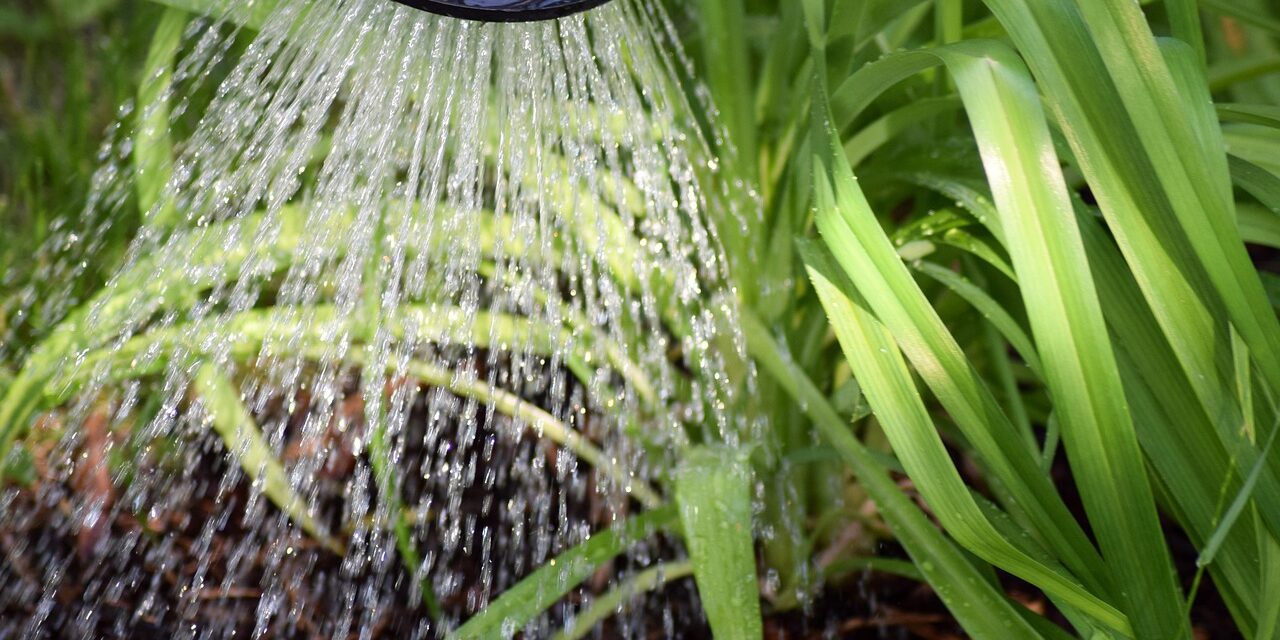Water-efficient irrigation techniques explained
Water-efficient irrigation techniques near Cache County: Communities in the northern part of the state
Unraveling the Mystery of the Shrinking Great Salt Lake: A Call to Action
The Great Salt Lake is disappearing, and the consequences are alarming.
Dust Storms: A Silent Threat: The shrinking lakebed exposes vast stretches of dry, salty soil. Winds whip up this dust, creating massive storms that blanket nearby communities in a toxic haze. This airborne salt and dust poses serious health risks to residents, exacerbating respiratory problems and potentially triggering other health issues.
Investigating the Cause: Climate change is playing a significant role in the lake’s demise, with rising temperatures and altered precipitation patterns contributing to the decline. However, the investigation reveals another culprit: human overuse of water resources. Decades of diverting water for agriculture and urban development have left the lake starved for its lifeblood.
A Chain Reaction of Impacts: The shrinking lake is not just an environmental concern; it’s a domino effect that threatens the delicate balance of the entire ecosystem. The once vibrant bird populations are dwindling, struggling to find suitable nesting grounds and food sources. The lake’s unique brine shrimp, a vital food source for migrating birds, are facing extinction. The shrinking shoreline is putting pressure on the surrounding wetlands, impacting the health of this valuable habitat.
Uncovering Solutions: We must act now to reverse this devastating trend. Saving the Great Salt Lake is not just an environmental imperative; it’s a matter of public health and economic survival.
A Call for Collaboration: Solutions require a multi-faceted approach involving communities, governments, and industries. We need to explore sustainable water management practices, encourage water conservation efforts, and find innovative ways to restore the lake’s natural balance. This investigation reveals that the future of the Great Salt Lake lies in our hands.
The Great Salt Lake: A Lake in Trouble
TL;DR: The Great Salt Lake is shrinking because of climate change and overuse of water. This affects birds, wildlife, and even the air we breathe. We can help by using water wisely, supporting smart irrigation, and working together to save this important lake.
The Journey of Water: A Circle of Life
Imagine a giant bathtub filling up and then slowly draining. That’s kind of what happens to the Great Salt Lake. Water flows into the lake from rivers and streams, like the Bear River that comes from Cache County in northern Utah. The lake is also fed by snowmelt from the mountains. But, just like a bathtub, the water doesn’t stay in the lake forever. Some evaporates into the air, while some flows out through rivers and canals. This continuous movement of water is called the water cycle.
A Shrinking Lake: A Sign of Trouble
The Great Salt Lake is facing a big problem. It’s getting smaller and smaller every year. There are a couple of reasons why. One is that we’re using more water than ever before. People need water for drinking, farming, and industries. The other reason is climate change. The weather is getting hotter and drier, which means less water flows into the lake.
The Impact of a Shrinking Lake: A Chain Reaction
The Great Salt Lake is important for many reasons. It’s home to millions of birds, fish, and other animals. It also helps clean the air we breathe. As the lake shrinks, it threatens the lives of these animals and the health of our environment. The shrinking lake even creates a problem called “dust storms.” When the lakebed is dry and exposed, the wind picks up the salt and dust and blows it into the air, which is bad for people’s health.
Working Together to Save the Lake: Hope for the Future
We need to take action to save the Great Salt Lake. Here’s how we can do it:
Water Conservation: Every Drop Counts
- Use Water Wisely: Take shorter showers, fix leaky faucets, and water your lawns less often. These small changes make a big difference!
- Save Water at Home: Use low-flow toilets, water-efficient showerheads, and collect rainwater for gardening.
Irrigation Revolution: Smarter Watering for a Healthier Lake
- Water-efficient Irrigation Techniques: Use drip irrigation systems that deliver water directly to plants’ roots, minimizing waste. This helps save water and keeps more water flowing to the lake.
- Precision Agriculture: Use technology to monitor soil moisture and adjust irrigation schedules, ensuring plants get exactly the water they need.
Policies for Change: Making a Difference Together
- Public Policy and Advocacy: Support laws that protect the Great Salt Lake and encourage water conservation.
- Active Climate Rescue Initiative: This group works to solve water supply shortages in the Great Basin, including the Great Salt Lake. Their efforts include using water more wisely, making farming more efficient, and finding new sources of water.
A Summary of Solutions: Bringing the Lake Back to Life
The Great Salt Lake is a vital part of our ecosystem, but its health is declining. Climate change and overuse of water are shrinking the lake, threatening wildlife, air quality, and our overall environment. By taking action to conserve water, support smart irrigation, and advocate for strong public policies, we can work together to bring the Great Salt Lake back to life. We can make a difference for the lake, for the wildlife, and for ourselves!
More on Water-efficient irrigation techniques…
- ## Water-Efficient Irrigation Techniques Keywords:
- water efficient irrigation
- irrigation techniques
- drought-resistant landscaping
- low water landscaping
- water conservation in landscaping
- water-saving irrigation systems
- smart irrigation
- drip irrigation
- micro-irrigation
- subsurface irrigation
- sprinkler systems
- water-wise gardening
- xeriscaping
- gray water irrigation
- water-efficient lawn care
- water budgeting for landscaping
- irrigation controller
- soil moisture sensors
- rainwater harvesting
- water audits for irrigation
- water-efficient plant selection
- irrigation efficiency
- water conservation in agriculture
- sustainable irrigation
- water-efficient irrigation for homeowners
- best practices for water-efficient irrigation
- irrigation technology
- water conservation for urban landscapes
- irrigation design
- irrigation system installation
- water-efficient irrigation products
- landscape irrigation
- irrigation scheduling
- water conservation tips for irrigation
- water-efficient irrigation for golf courses
- ## Public Policy and Advocacy Keywords:
- water policy
- water conservation policy
- water resource management
- drought policy
- water regulations
- water scarcity
- water security
- public water supply
- water rights
- water conservation advocacy
- climate change and water
- sustainable water use
- water efficiency regulations
- irrigation regulations
- water conservation incentives
- water pricing policy
- water conservation education
- water conservation programs
- water infrastructure
- water quality
- water equity
- water justice
- water governance
- water management strategies
- water legislation
- water policy analysis
- water policy reform
- water policy debate
- water conservation movement
- water conservation activism
- water conservation organizations
- water conservation NGOs
- water conservation research
- water conservation studies
- water conservation campaigns
- water conservation awareness
- water conservation education materials
- water conservation outreach
- water conservation advocacy groups
- water conservation lobbyists
- water conservation policy makers
- water conservation stakeholders
- water conservation community
- water conservation future











